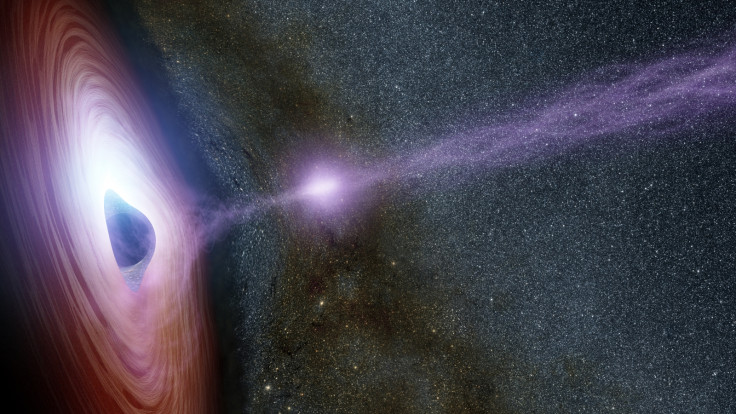Supermassive black holes can kill birth of new stars in bigger galaxies
The observation particularly reveals that black holes have some role in slowing down star-formation activity.

Every galaxy is believed to have a supermassive black hole at its centre just like Milky Way's Sagittarius A*. These black holes, more than a million times more massive than the sun, are known to devour anything in their neighbourhood and exert a gravitational effect on the stars in their host galaxy.
However, what we did not know was that the activity of these dark voids even have an impact on star-formation — a phenomenon crucial for galactic evolution. A new study has revealed that the birth of new stars is stunted in galaxies with such supermassive black holes.
A group of researchers have reportedly gathered observational evidence to posit this weird correlation between the mass of supermassive black holes at the centre of a galaxy and star-formation.
The observation particularly reveals that black holes have some role in slowing down star-formation activity but the precise nature of this role still remains unclear.
"For galaxies with the same mass of stars but different black hole mass in the centre, those galaxies with bigger black holes were quenched earlier and faster than those with smaller black holes," said study co-author Martín-Navarro. "So star formation lasted longer in those galaxies with smaller central black holes."
"There are different ways a black hole can put energy out into the galaxy, and theorists have all kinds of ideas about how quenching happens, but there's more work to be done to fit these new observations into the models," added Aaron Romanowsky, another author of the study.
As one could guess, the researchers got this evidence after conducting an observational survey. They determined the age of stars in distant galaxies by measuring different light wavelengths they produced and compared that data with the size of supermassive black holes at the centre, which had been measured previously.
The correlation, suspected several times in the past, fits accurately with the basic theory about central galactic black holes, which suggests that the massive voids devoured matter and produced high-energy radiation. This energy, as Phys.org describes, is responsible for heating and dispelling the gas that would otherwise condense into stars on cooling.
"This is the first direct observational evidence where we can see the effect of the black hole on the star formation history of the galaxy," said Jean Brodie, the co-author of the paper, published in journal Nature. Research simulations focusing on factors other than black holes mass did not fit into the star-formation equation, the scientist added.





















